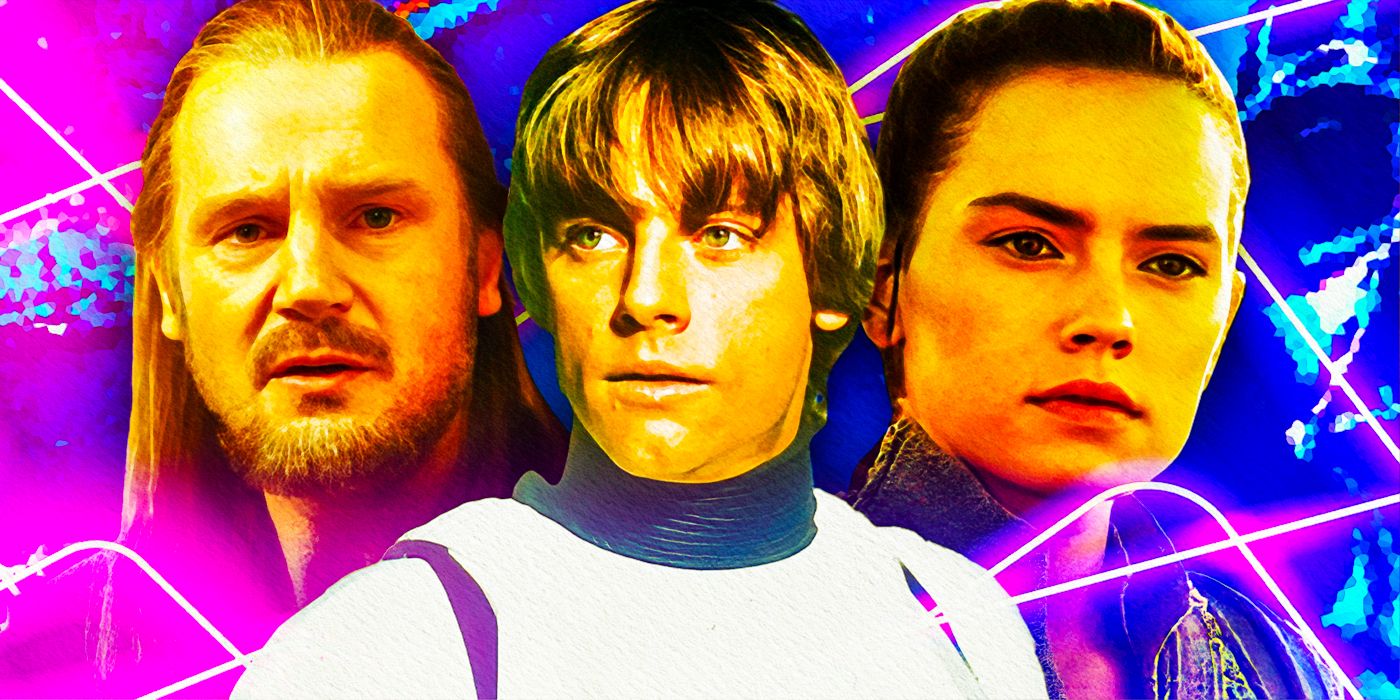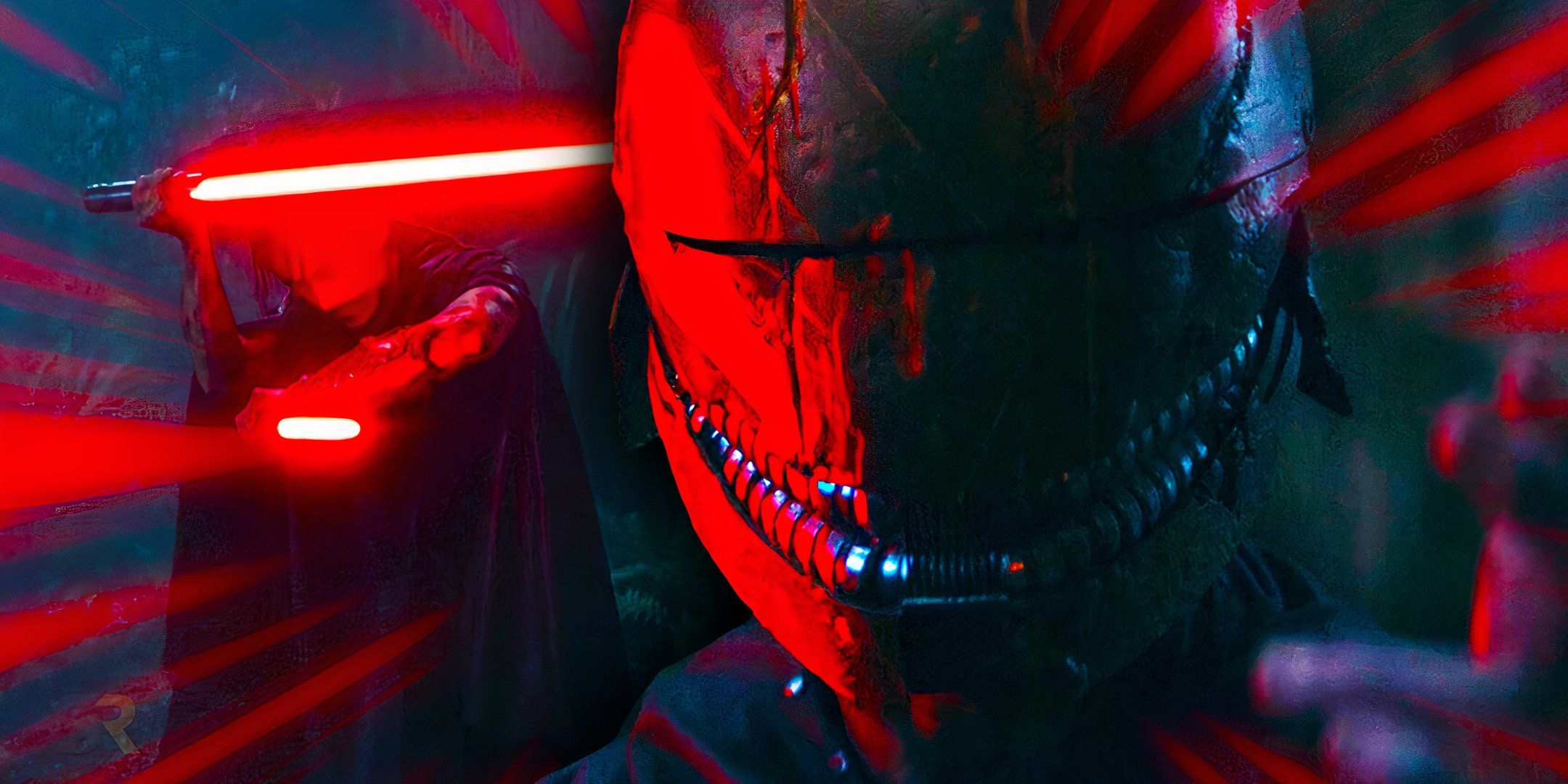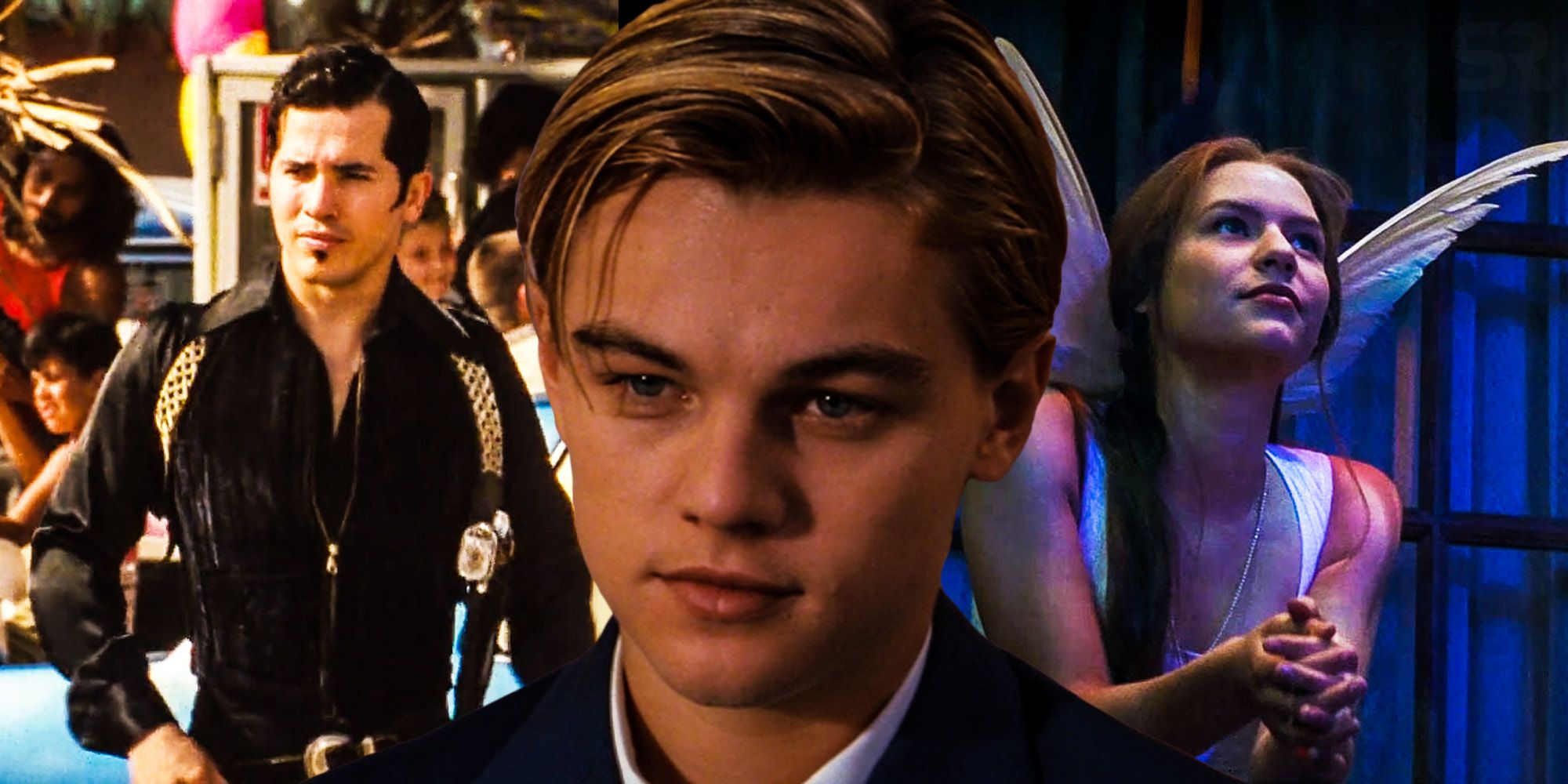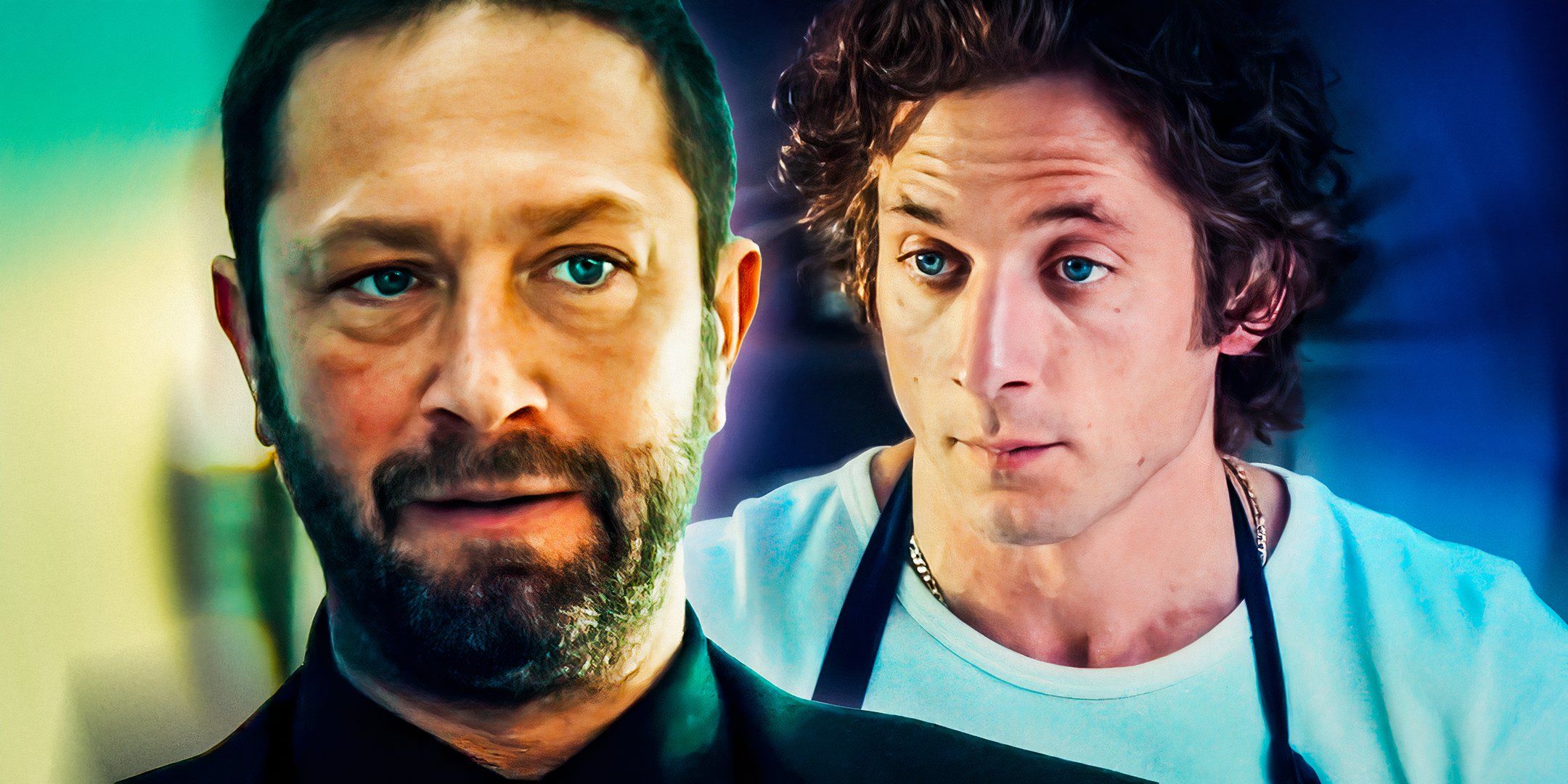Even to this day, the Age of Apocalypse stands as one of the coolest X-Men crossover events in Marvel Comics history, and perhaps the best thing about it isn’t just the fact that the event is undeniably badass, but also the impact it had on the wider X-Men mythos. While it’s true the Age of Apocalypse took place in another reality separate from Earth-616’s timeline, it’s far more connected to Marvel’s main continuity than other ‘multiverse’ stories, in a number of ways.
The Age of Apocalypse was a result of Earth-616’s timeline being fractured by Legion when he traveled to the past and accidentally killed his own father, Charles Xavier. That means the Age of Apocalypse isn’t its own universe (like the Ultimate Universe), but rather a skewed timeline stemming from the original Earth-616. In other words, everything that happens in AoA could happen in the main timeline – including feats of power, levels of durability, and certain character developments.
Not only that, but the Age of Apocalypse also introduced a handful of characters who would eventually make their way over to Earth-616 (or, otherwise, to the forefront of fans’ attention in regard to X-Men canon). Truthfully, there are a great number of reasons for how the Age of Apocalypse impacted X-Men, as detailed in the original 9 stories themselves.
9
X-Men Alpha/Omega Confirms Magneto is the Best Leader of the X-Men
X-Men Alpha/X-Men Omega by Scott Lobdell, Mark Waid, and Roger Cruz
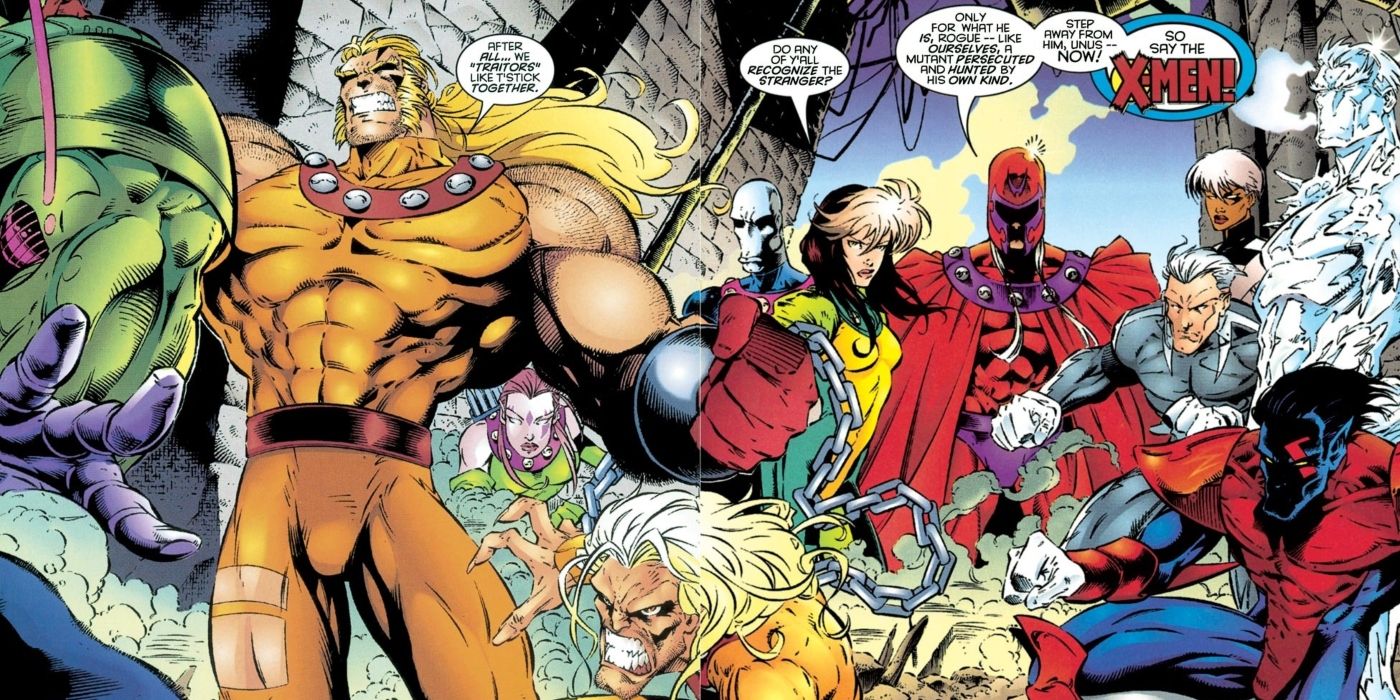
With Xavier gone and the world in shambles following Apocalypse’s rise to power, Magneto stepped up to be the leader of the X-Men, and he was the best one the mutants could have hoped for. Not only was Magneto’s level of brutal ruthlessness absolutely necessary for surviving this world, but he also proved to be a kind and just leader, with a level of tactical brilliance no other commanding X-Man had exhibited before. Plus, he fought alongside his X-Men, and was even the one who delivered the killing blow to Apocalypse himself.
Magneto has led the X-Men in the Earth-616 timeline a number of times as well, even before the Age of Apocalypse, but it wasn’t until X-Men Alpha and Omega that fans really got to see how perfect he was for the role, setting Magneto up for his leadership position in the Krakoan Age perfectly.
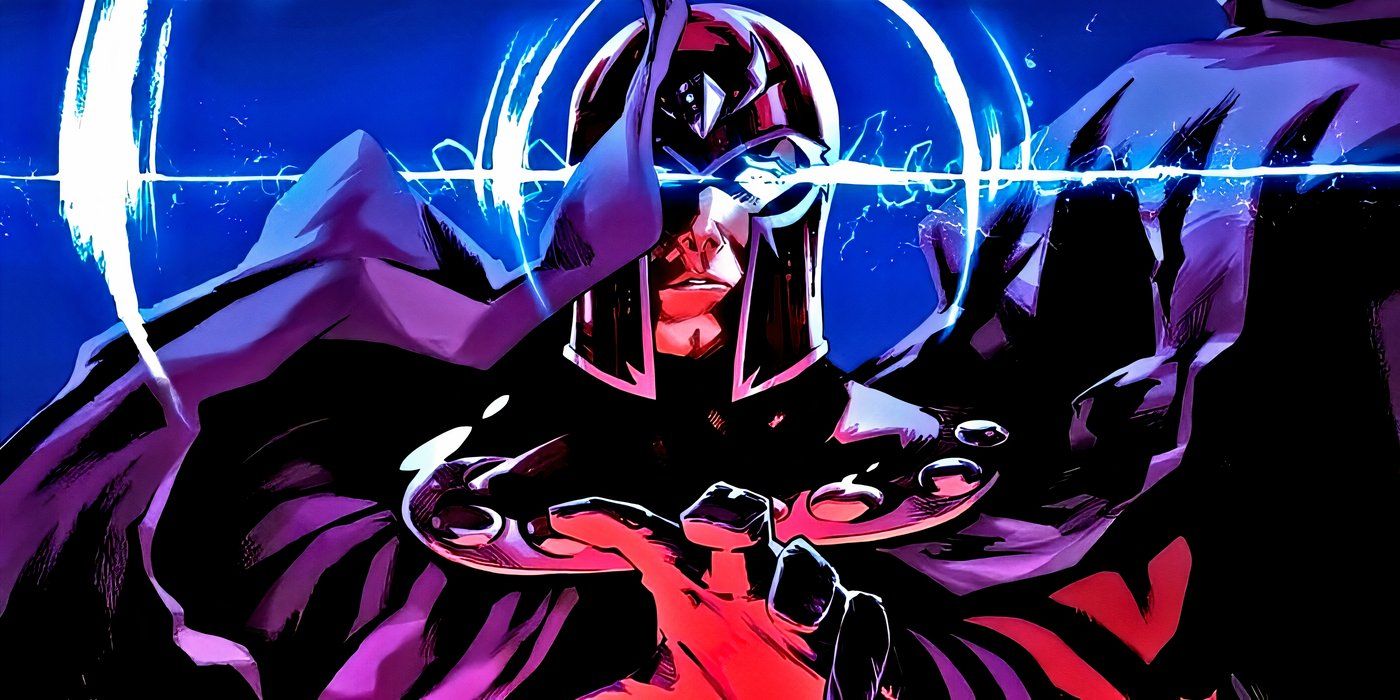
Related
X-Men: 10 Best Magneto Quotes in Marvel Comics, Ranked
Magneto has been a hero, he’s been a villain, and he’s always a mutant revolutionary. Here are his 10 all-time best quotes in X-Men comics, ranked!
8
Generation Next Established Kate Pryde as One of the Most Badass X-Men
Generation Next by Scott Lobdell and Chris Bachalo
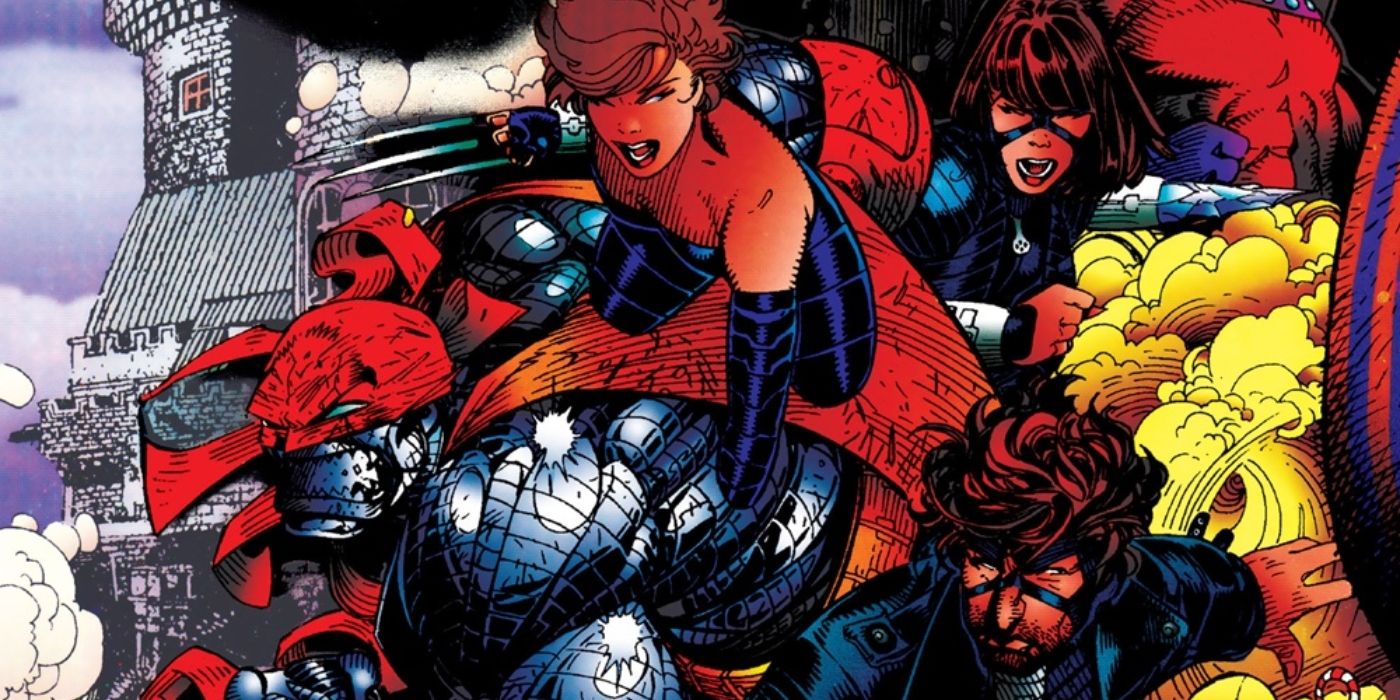
Generation Next is perhaps the most underrated book in the Age of Apocalypse crossover, as it had a level of grungy grittiness to it the other books sorely lacked – and Kate Pryde was a clear standout. Shadowcat and Colossus ran a ‘New Mutants’-type team that saw them infiltrate a mutant concentration camp, and Kate Pryde got the chance to flex her brutal potential in a way that had never been seen by the character before, which set the precedent for future storylines.
Kate Pryde was famously the leader of the Marauders during the X-Men’s Krakoan Era, a tatted-up, sword-wielding pirate who operated outside the moral and ethical standards of the mutant nation. And that badass role played by this otherwise ‘innocent’ mutant arguably wouldn’t have been possible if not for her depiction in Age of Apocalypse.
7
Astonishing X-Men Introduced Morph as Fans Know Them Today from X-Men ’97
Astonishing X-Men by Scott Lobdell and Joe Madureira
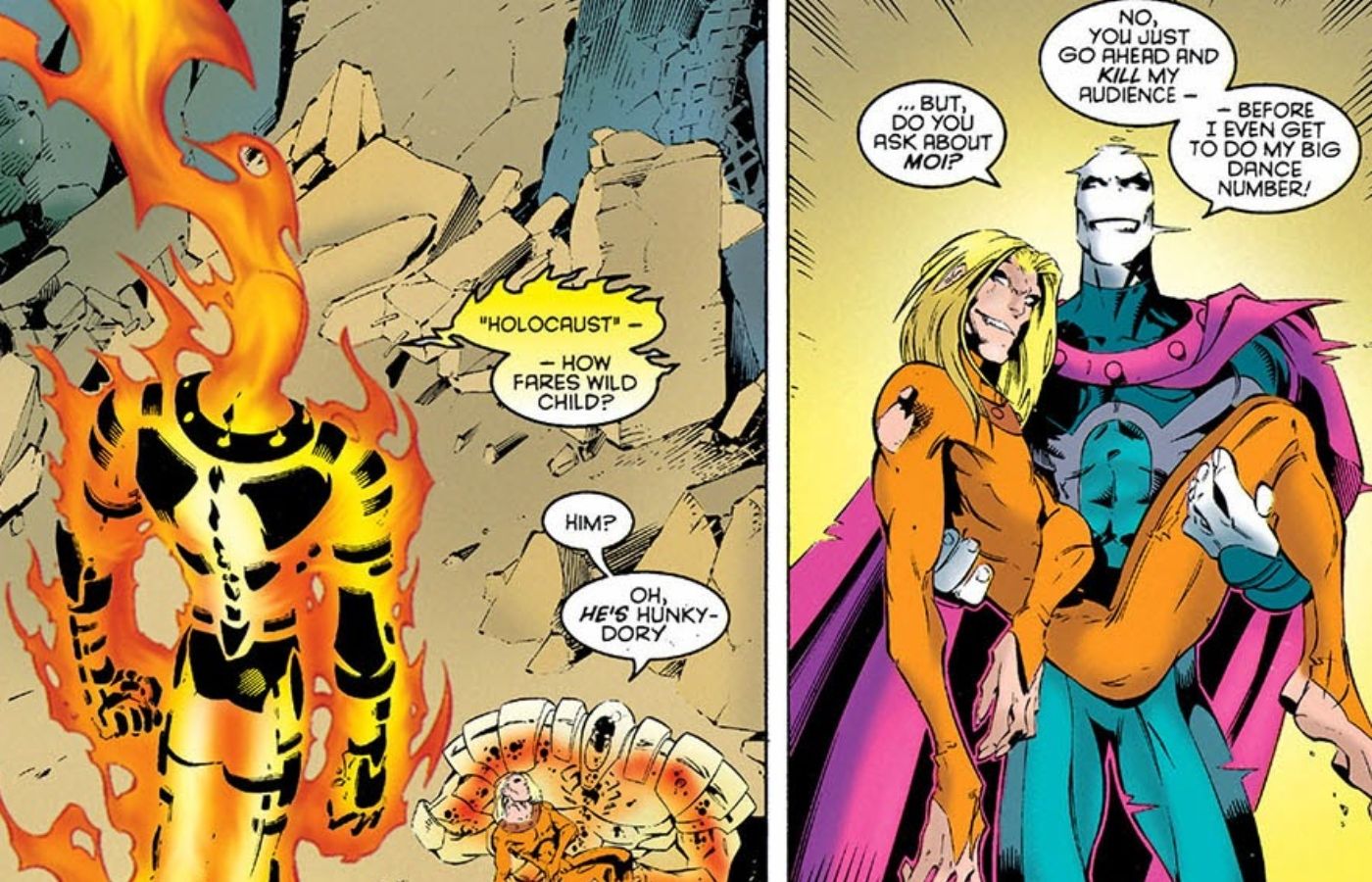
While Morph had already been introduced in X-Men canon as ‘Changeling’ before debuting as ‘Morph’ in 1992’s X-Men: The Animated Series (and Marvel Comics’ adaptations of the series in X-Men Adventures), Age of Apocalypse’s Astonishing X-Men would give fans the version of Morph as they know them today. It’s true that AoA’s Morph first appeared in X-Men Alpha alongside the rest of the team, but it wouldn’t be until this storyline that the character really got a chance to shine on their own in a way that would eventually become famous in X-Men ’97.
The wise-cracking, noseless, pale-skinned, racially and gender-ambiguous X-Man brought to the screen in X-Men ’97 got their start in Astonishing X-Men, which nailed-down both Morph’s character and iconic appearance.
6
Gambit and the X-Ternals Made X-Men’s Phoenix Saga Even More Significant
Gambit and the X-Ternals by Fabian Nicieza and Salvador Larroca
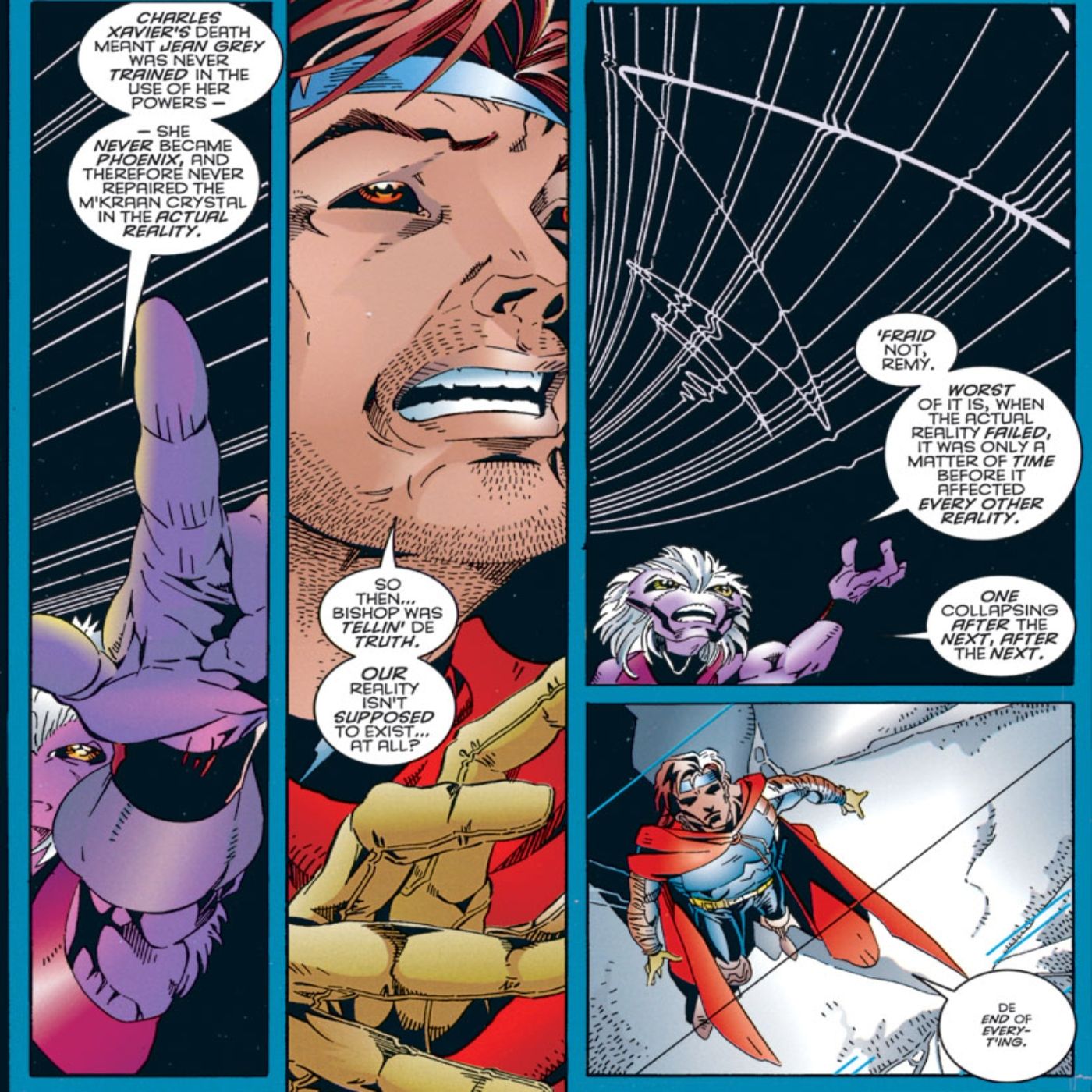
It’s no secret that the Phoenix Saga is one of the most significant events in X-Men history, as it’s a story that not only stands on its own, but it laid the groundwork for countless subsequent stories as well – including the Age of Apocalypse’s Gambit and the X-Ternals. In this storyline, Gambit leads a team to steal a shard of the M’Kraan Crystal to defeat Apocalypse, but when they get there, they find that Apocalypse is the least of their worries.
Jean Grey never became Phoenix in the Age of Apocalypse, and therefore, she never repaired the M’Kraan Crystal, meaning the entire multiverse was in danger of collapse. The Phoenix’s contribution to saving all reality is often overlooked when considering the Phoenix Saga, but this AoA storyline adds heightened significance to it, as it shows a world where that never took place – and the fallout of that change to the timeline.
5
Weapon X Puts a Hard Limit on the Durability of Wolverine’s Adamantium Skeleton
Weapon X by Larry Hama and Adam Kubert
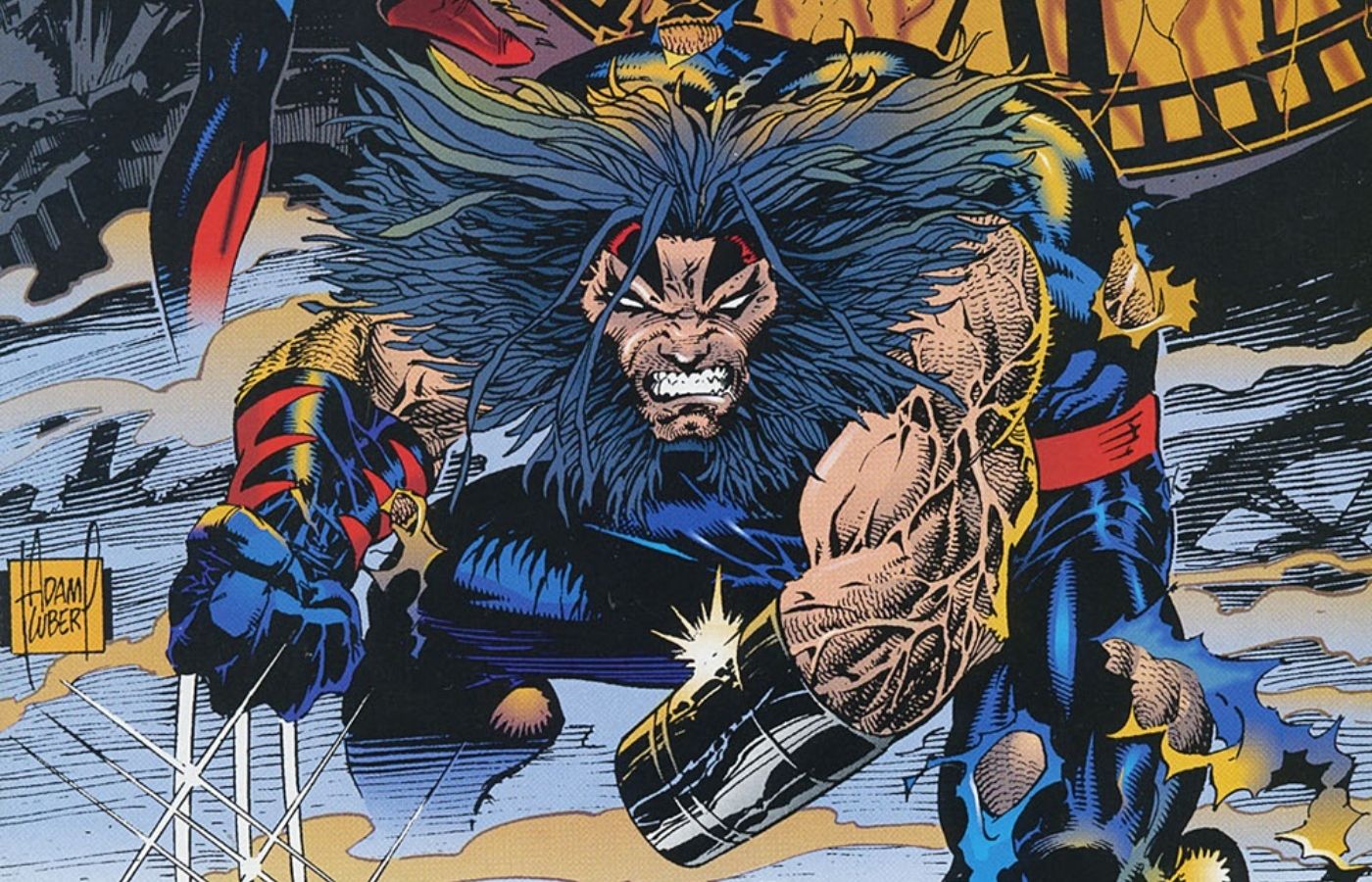
Wolverine’s adamantium skeleton had always been presented as nigh-indestructible, yet in Age of Apocalypse, Wolverine is featured missing a hand. It’s later revealed that Cyclops was the one who blew Wolverine’s hand clean off with his optic blast, a feat that should have been impossible. However, Age of Apocalypse shows that it’s not, and given its relation to the main continuity, that means it’s also possible in Earth-616.
At the time, this was a major point of contention in the fandom, but now, it’s well-known that Wolverine can lose limbs, even with his adamantium skeleton. As shown during the latest Wolverine event, “Sabretooth War”, Wolverine’s hands and feet can be removed at the joint, as they are not connected by adamantium. However, the idea of Wolverine losing a limb was utterly unheard of before the Age of Apocalypse.
4
Factor X Introduces a Villain who Crosses Over from Age of Apocalypse to Earth-616: Dark Beast
Factor X by John Francis Moore and Steve Epting
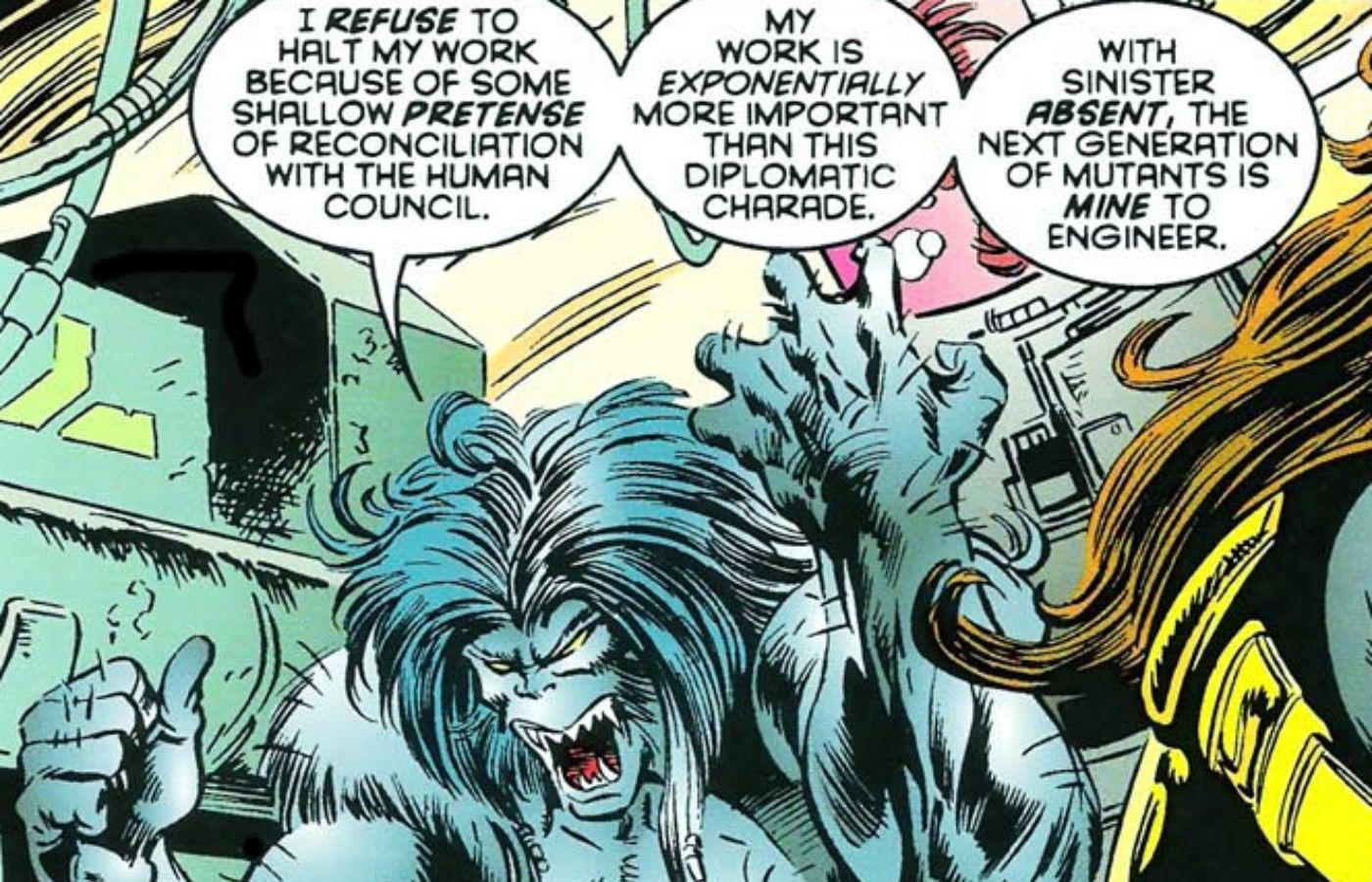
Factor X follows Cyclops (the adopted son of Mister Sinister and an agent of Apocalypse) as he traverses this new timeline a villain – and he isn’t the only one. Another former founding X-Men hero also finds himself overtaken by villainy in the AoA: Beast, otherwise known in this reality as Dark Beast. Dark Beast was Sinister’s top scientist, who was actually more heartless and cruel than Sinister himself – which is what made the fact that he travels to Earth-616 so terrifying.
After breaching interdimensional barriers to arrive in Marvel Comics’ main timeline, Dark Beast proceeded to make significant impacts on the established canon, including replacing the original Beast for a time, and being the one who was actually to blame for the infamous Mutant Massacre. Dark Beast is one of the more literal examples of how the AoA changed X-Men lore.
3
X-Calibre Subtly Sets Up Deadpool’s Most Brutal Story: Deadpool Kills the Marvel Universe
X-Calibre by Warren Ellis and Ken Lashley
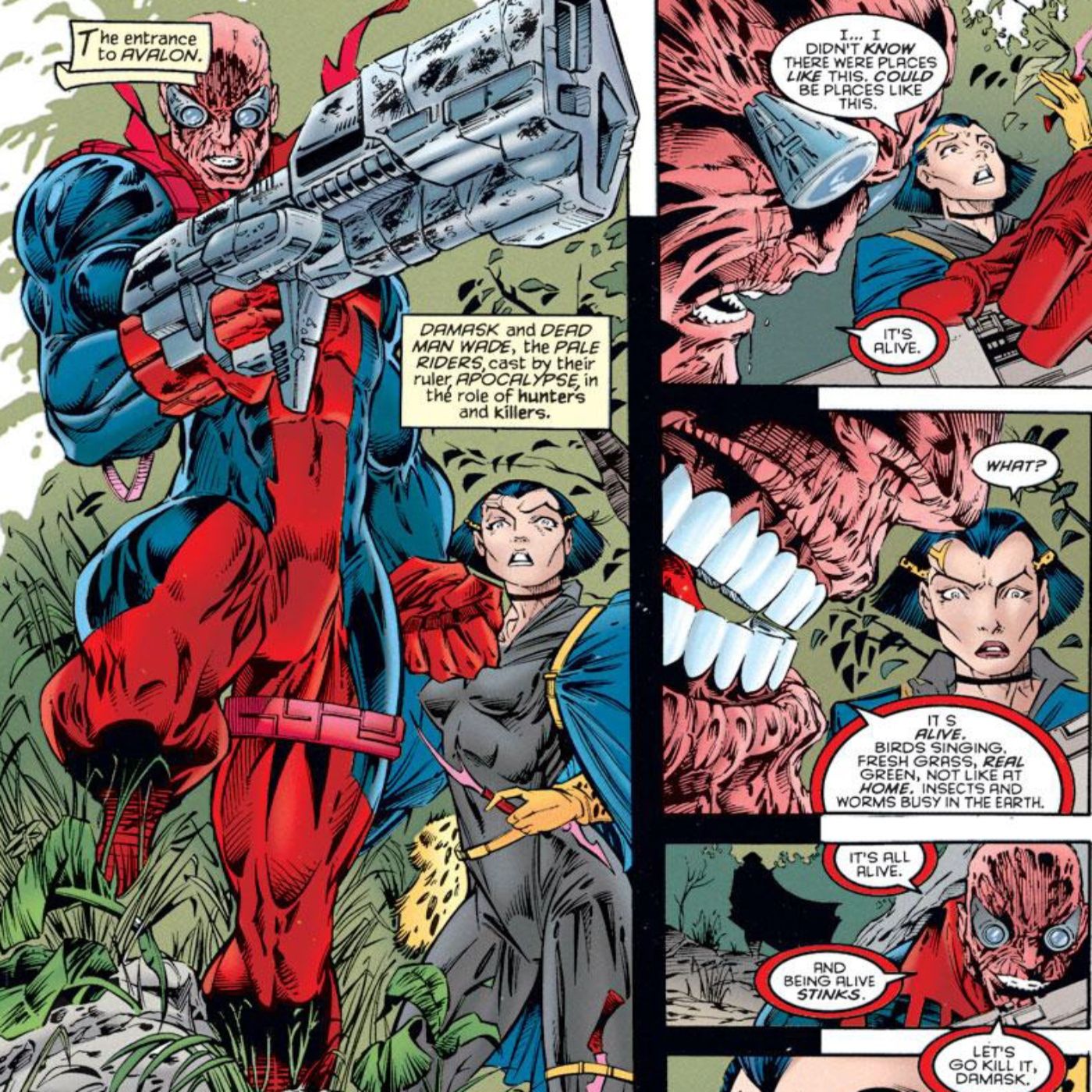
The version of Deadpool fans get in the Age of Apocalypse is known as Dead Man Wade, and he’s an utter lunatic in the least fun kind of way. Rather than cracking jokes while taking out his targets, Dead Man Wade has been driven completely insane, with an unrelenting urge to kill everything and everyone around him. Fans wouldn’t see a version of Deadpool like that again until Deadpool Kills the Marvel Universe, where Wade saw the world for the work of fiction that it was, and decided it would be better if it came to an end.
Was Dead Man Wade ‘super-sane’ the same way Deadpool was in Deadpool Kills the Marvel Universe? Perhaps AoA’s Deadpool was driven mad by the knowledge that his world wasn’t real, but he was unable to articulate that, leaving him with the unexplained urge to kill everything. It’s an interesting concept that seemingly connects Marvel’s two most prominent mass-murdering Deadpools.
2
Amazing X-Men Confirms the True Greatest Threat to Mutantkind: Sentinels
Amazing X-Men by Fabian Nicieza and Andy Kubert
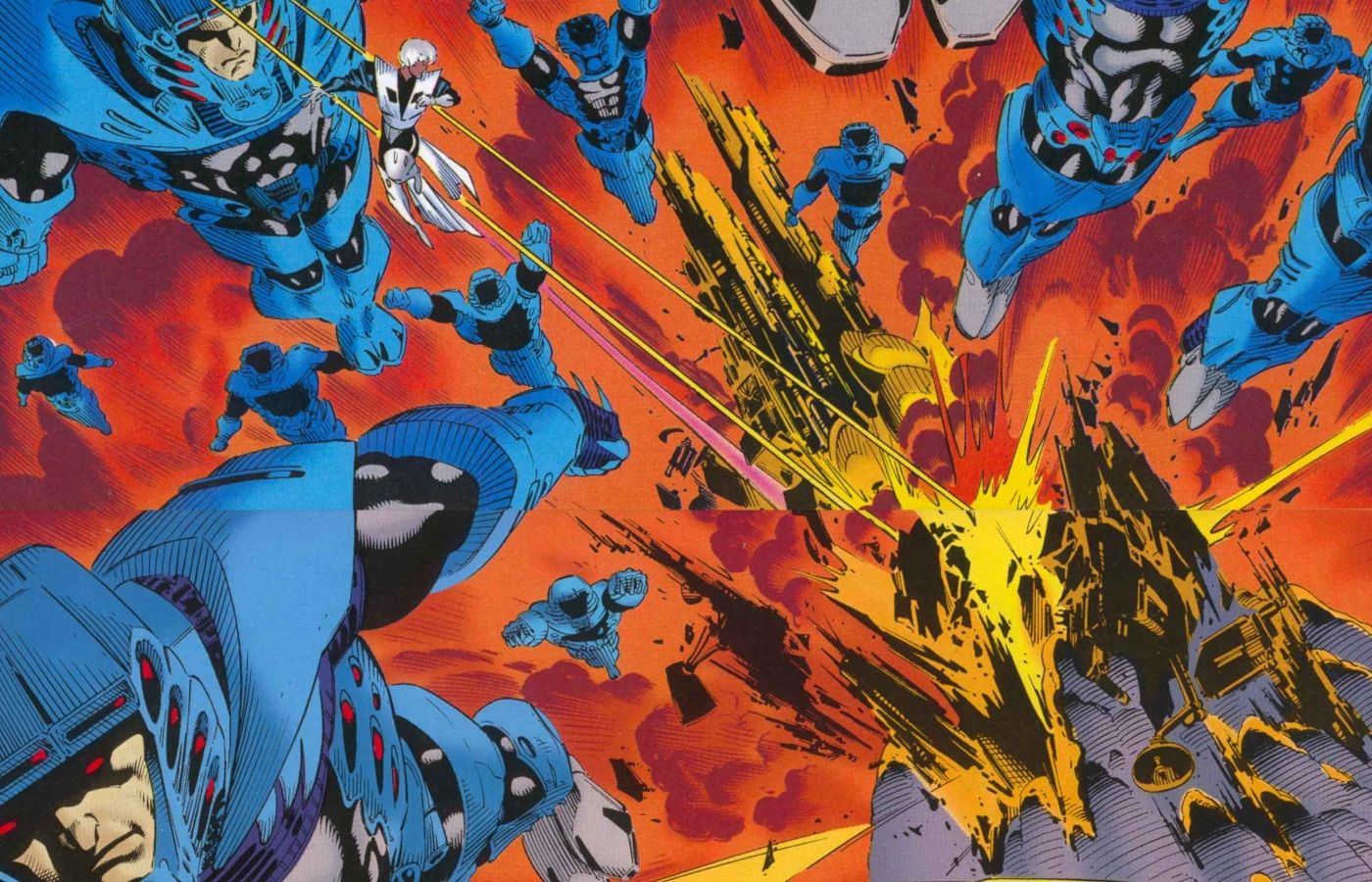
The opening issue of Amazing X-Men sees the main X-Men team battling a legion of Sentinels that were sent to America from the human resistance operating from Europe, as these Sentinels were hijacked by Apocalypse himself. Apocalypse knew the Sentinels – which were a relatively new creation of humanity in this timeline – could more efficiently do what he’d been trying to do since taking power: kill the X-Men.
The fact that Sentinels are the X-Men’s greatest threat, even when compared to the likes of Apocalypse, is something that has recently been brought to the forefront of fans’ attention in the X-Men’s Krakoan Era. However, seeing them stand out during the Age of Apocalypse puts their threat-level in a whole new perspective, as Amazing X-Men proves there’s literally no reality in which mutants are safe from Sentinels.
1
The Most Significant Change to X-Men Lore from Age of Apocalypse Comes in the Form of 1 Man: X-Man
X-Man by Jeph Loeb and Steve Skroce
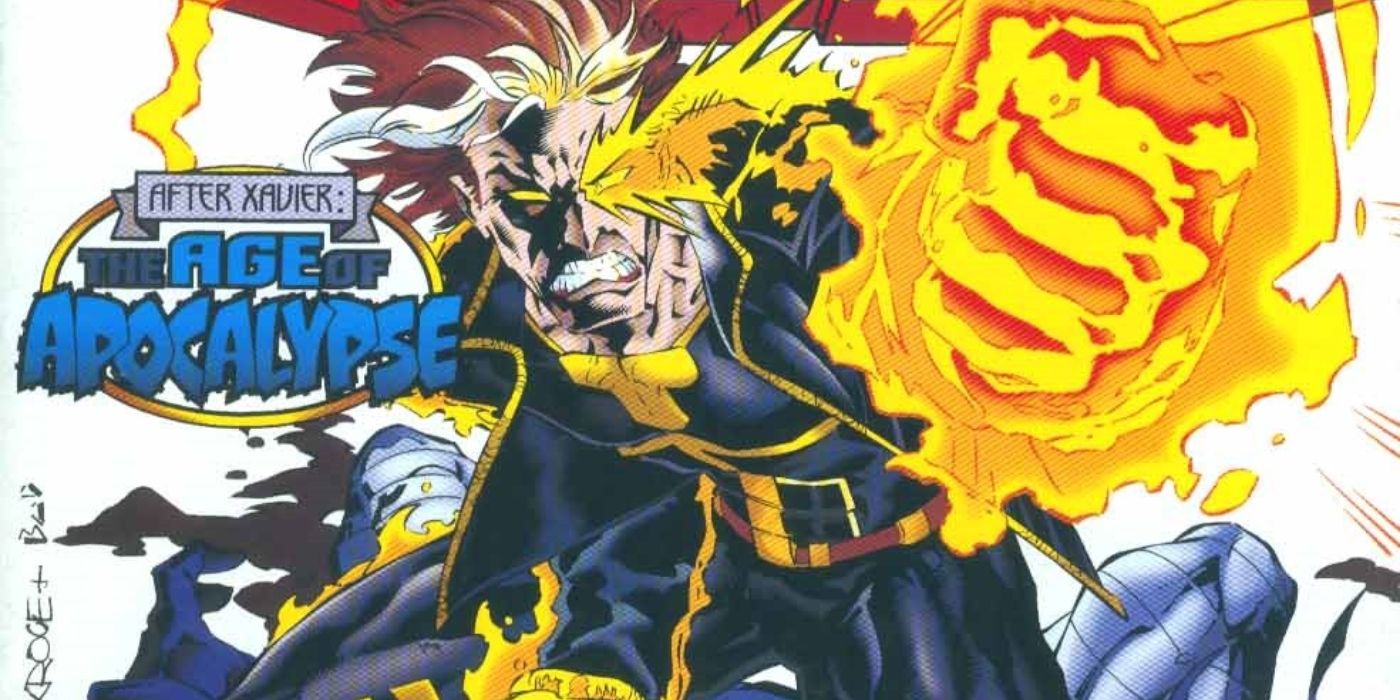
In the Age of Apocalypse, Mister Sinister is finally successful in doing what he’d been trying to do in the main X-Men canon for years: create the perfect Apocalypse-killing mutant using the DNA of Cyclops and Jean Grey. Essex gives life to Nate Grey aka X-Man, an alternate version of Cable with full access to his omega-level potential. This is a major accomplishment for Sinister, and an epic addition to X-Men lore in this isolated reality, but X-Man doesn’t become truly significant until after AoA, when he crosses over into Earth-616.
After leaving the Age of Apocalypse timeline and joining Marvel Comics’ main reality, Nate Grey becomes more than an ‘Apocalypse-killing mutant’, and actually takes his place as something of a mutant messiah. X-Man’s contribution to the main X-Men canon is immensely significant, and he wouldn’t have existed at all if not for the Age of Apocalypse, making his tie-in comic series the one with the greatest permanent impact on the wider X-Men lore.
